Video
youtube
I thought I owed you an update video.
1 note
·
View note
Photo
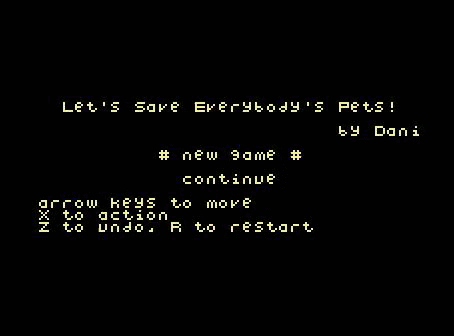
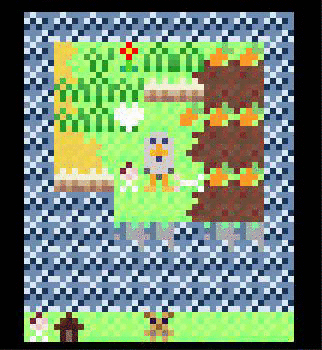
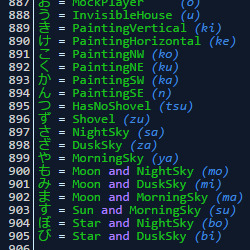
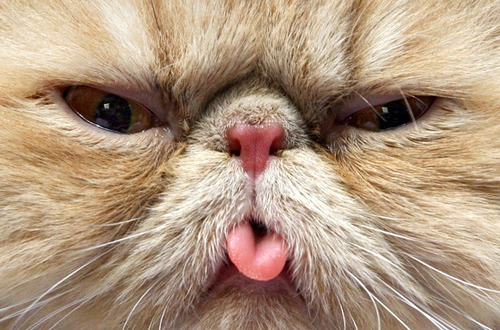
1) What better way to draw users into the world than to watch a Sunrise? Also notice, I boosted the resolution. This is awesome! 2) Notice how I’m using the dog’s game mechanics as a timer for cutscene frame duration here. Very neat what you can do in Puzzlescript! 3) Just a little look into how the game is made. 4) How I feel after staying up late Hope you enjoy this #gamedev update. Happy Friday! Cheers Colton Phillips P.S. I found this amazing album on the Internet. I hope you like it: https://mhapemanmusic.bandcamp.com/album/pretty-in-pixels-ep Marissa Hapeman Pittsburgh, Pennsylvania
0 notes
Text
You might have come to known
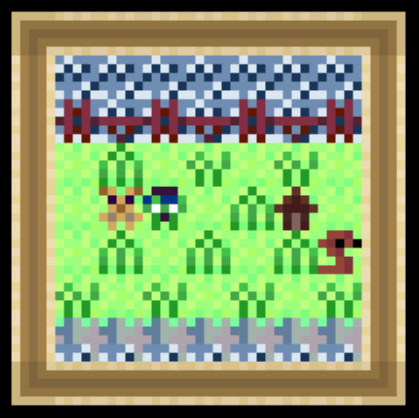
When you wake up early, study a lot, and you want to take a break you write a list of ideas that you want to make
You might have come to known this blog as a an platformer adventure game snail focused dev thing. I’ve pivoted. But that just gave me a good idea to put snails in my game, and I think it’s possible. I’m working on another game with animals.The game is called “Lets Save Everybody’s Pets” But it’s going to need a name change because that’s way too long. And I’ve also decided that it’s going to have some what we now call adventure game elements.
I’m not going to get users to combine items in a menu. I couldn’t if I wanted to. I’m just going to invent a few constructs so the player finds special objects in the game (I’m currently thinking shovel, and seeds) in the first few levels. Technically, I’m going to place debug items in the first few levels that prevent the player from digging and planting. LoL.
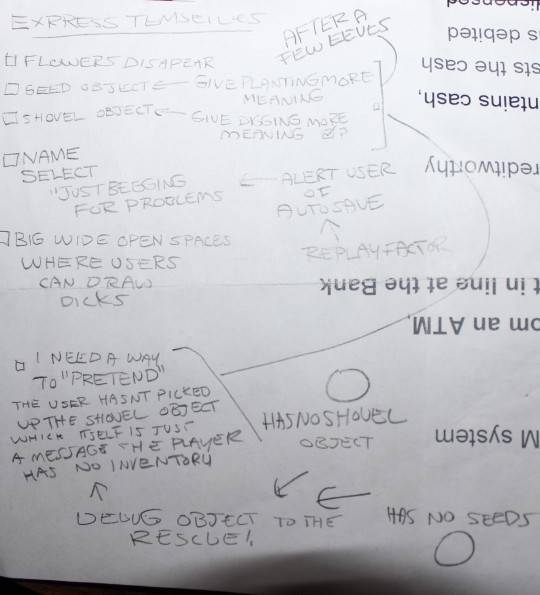
This is not related to anything but hey, you should know that my flowers disappear (bug) and I also want to make it so there is a leaf phase in their growth. Whatevs sock cuckers. Tss. Good one chipper. Coincidentally I’m doing a game design exercise by reading Jesse Schell’s book and picking random question cards. Right now my theme is expression. I want the flowers to be hard to get, and not disappear, so when the player finally gets that ability to grow flowers, they can feel more meaningful in their shitty little bit of expression they get in this crappy expressionless puzzle game. I also want the player to select their name. This is because I think it’s funny, challenging, clunky, but in a fun way, and more hardcore than the current #puzzlescript scene. I’ll need to waste like 26 crazy unicode spaces in my game, and I didn’t make this engine I have no idea if I’m making my game a buggy hell by using unicode in my legend. lol dat risk yo
In a way more bigger deal however, I will use the no player select name feature bug to remind the player that the game uses an autosave feature. This reminds the player that there will be lots of puzzles, and worth coming back to I hope.
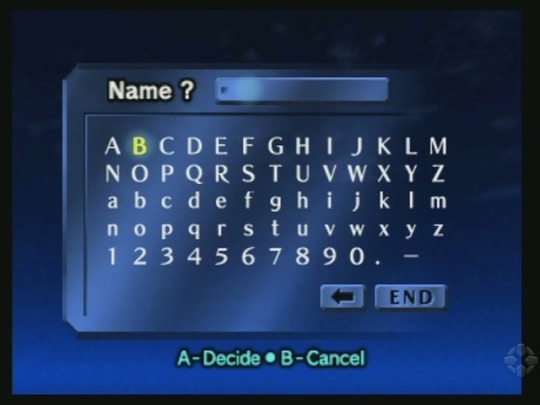
The game will of course never recognise the player’s name. lol. But this game is not really about expression so I’m salivating for the next game design card (randomly picked). I’ll implement these expression-based features quickly and finish my Youtube video. I forgot to check off the player wants to express themselves bug of “big wide open spaces where players can draw dicks” because... already in the game...
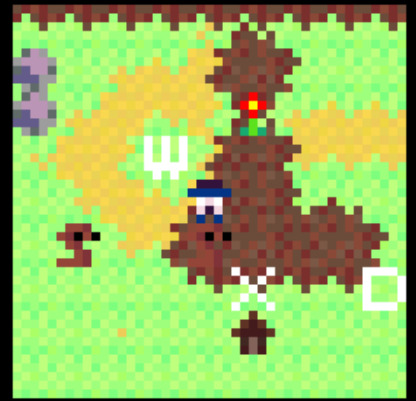
That cock probably spans like a football field because my game’s scale is weird. Also there is a flower on that penis.
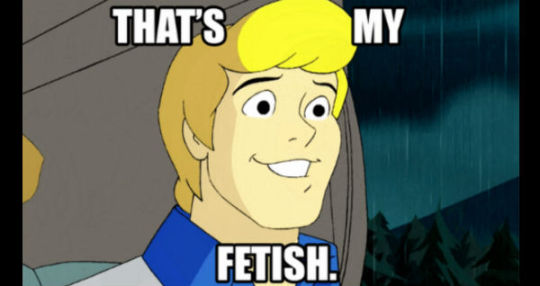
Speaking of gamedev. I better get to work since I just imagined two new object ideas. Sounds fun/interesting enough to share in my pidly blog!
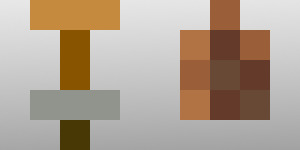
Shovel and Seed. I’ll run these by Boyad later on. As always objects are limited by 4 colors. I really do like using puzzlescript (and gamemaker), but one day I want to be a big boy and grow up on a farm that makes real video games from scratch. Until then. The chince march of progress moves forward. If you have any ideas for what color Hat Man’s shirt and pants should be or if you have any bug ideas for the theme of expression, put them in the comments:)
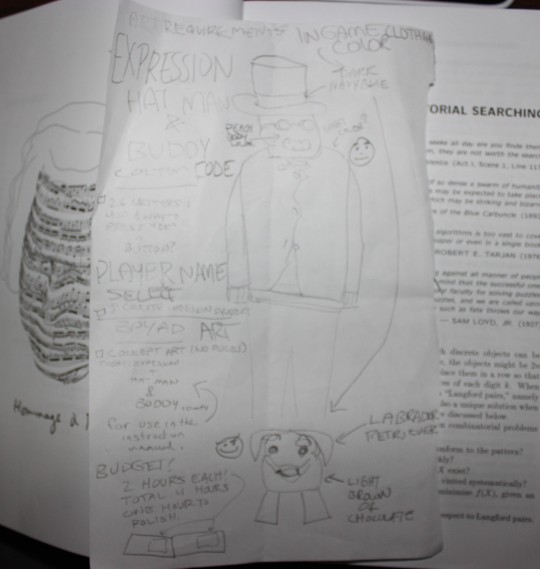
As always I send off by mentioning a fellow creative person who is crushing puss in the scene. Lol. That’s a funny way to phrase it. Brandon is working on a game: Check it out: www.fnba.ca He’s streaming his gamedev on twitch, but to make it more secret, I’m not going to tell you his username. Just know that I made him this turtle for his stream and everyone loved it.
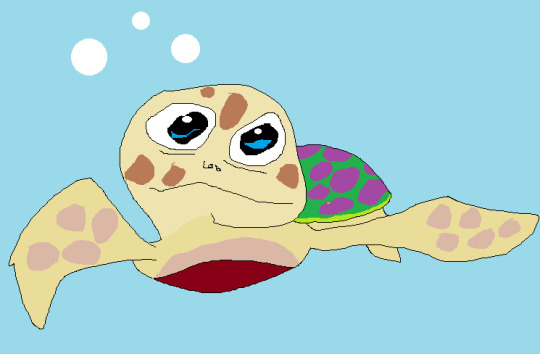
#pixelgame#gamedesign#blog#thatsmyfetish#hatman#buddy#buddythedog#puzzlescript#gamedevblog#gamedev#pixelart#gaming#video games#game#puzzle#puzzlegame
1 note
·
View note
Video
youtube
Some updates on the game! I’m currently refactoring the code while updating the tutorial !
1 note
·
View note
Text
How To Playtest On Facebook
It sounds like a bad idea but a lot of your friends are killing time on Facebook. If you live in Canada, it’s your most popular social site. You can always pay people to playtest. But if you want to do it for free, some of your friends will fit perfectly, not-so-perfectly or not-at-all into the slot your game has open for a really good tester.
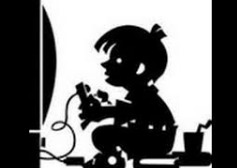
You don’t always need a technical tester. Sometimes any old person will do. As with software architecture, the English language will provide a lot of detailed functional and non-functional requirements which you can translate into physical lines of computer code. I guess you don’t need to write any code to be a software product owner. You just need someone willing to translate your wants and needs into a very particular set of keystrokes.
If there is any confusion, “completing the bug sheet” means writing the physical code and functions (regarding input, output, and behaviour) to tick off all the boxes for the functional requirements your system craves (It starts in the brain) and also to make true all non-functional requirements via deliberate construction and re-factoring of physical code. If there are no errors in your bug sheet then your system is only correct if it satisfies the need and want of every functional and non-functional requirement listed on the bug sheet.
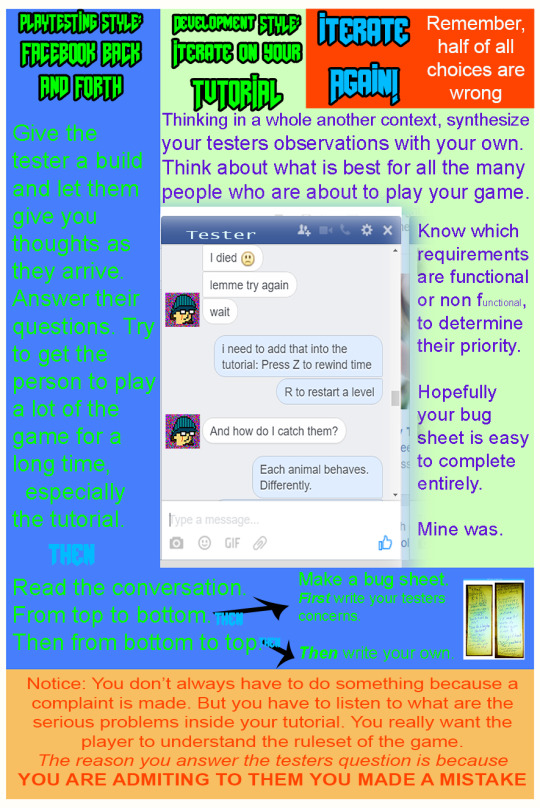
I believe there is a meta side to creating tutorials but for the most part, if you don’t have a specific surprise or mystery waiting around the corner, the questions and problems and :( emoji faces are probably due to an error in your program.
Let’s turn these abstract concepts into concrete ones with the bug sheet I made for the puzzle game. (running title: Let’s Save Everybody’s Pets)
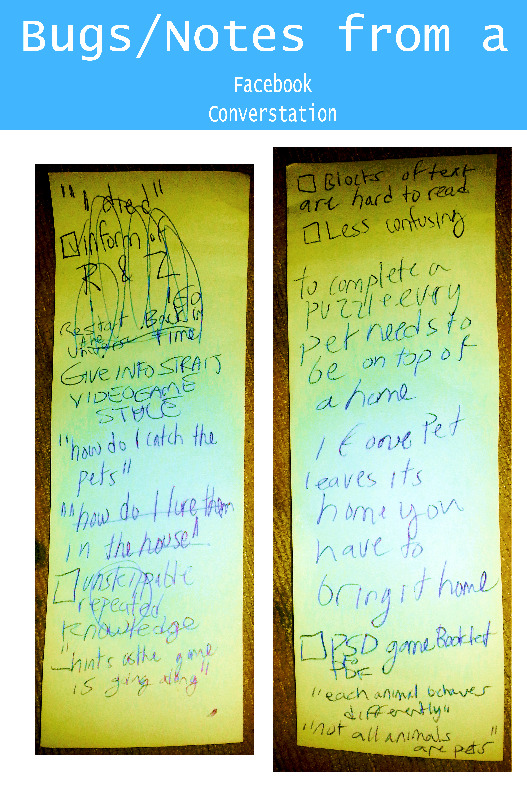
I know the reason the tester died (or for that matter bothered to comment about dying) was not because she made a funny fatal error, as often people do, but her comment implied that she got stuck. In my game if you die, the world moves on without you. Only by reversing time, or restarting a puzzle, do you get to keep going. She didn’t know the rules of the game. I have to stop being coy with my ruleset and straight up tell the players.
An example of a functional requirement: “Tell the users about restart (R) and how to go back one unit of time (Z) when player starts a new game.” A non functional requirement that affects the construction of that functional requirement is “The game should not hold the player’s hand, mock the player, let the player have a bad time, or get confused without a real mystery or surprise waiting around the corner.”
Sometimes writing tester quotes in “” brackets instead of ☑ todo boxes helps to lessen the stress of the words coming out, while still representing the constituent .
Knowing how to catch the pets and lure them into the house is not some grand mystery, it smells exactly like a bug. In truth, most players skip the text cutscenes, essentially crippling themselves.
“Hints as the game goes along” and
“Unskippable repeated knowledge” are actually non-functional requirements because they are themes which I intend to follow throughout the entire game, but aren't telling me exactly how to fix the problem. That’s because I’m not sure how to fix the problem. Iteration will probably be key! However these two non-functional requirements did herd me toward creating some further dialog. Like fighting a wildfire, a single trip to the keystrokes lake does not always wash away the non-functional bug. It just reduces the temperature of the bugginess. I also am addressing the fact head on that players have no idea how the game rules work, especially how to herd animals and how life behaves in a vacuum. I’m going to create a digital game manual that comes with the game to explain the rules of the game, and the personality of the characters! I am very excited about creating a beautiful game manual for our game.
I think we all know where I should be gathering inspiration:
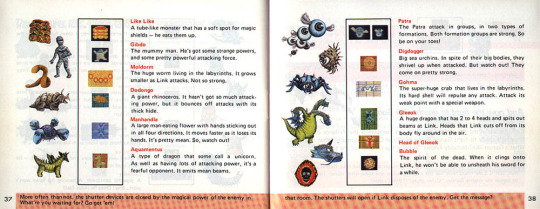
Every human is like a star in the Universe and playtesting is like catching their light. Facebook is merely a rudimentary telescope of mirrors and eyepieces which project their soul to us, and yes I do believe that a good playtester will choose their words wisely when playtesting your game to give you their soul.
The game engine has super duper pixelly style text. In my bug sheet, the non-functional requirement “Blocks of text are hard to read��� is easily converted syntactically to the functional requirement “Remove every instance of large text blocks” from the game, but that task implicitly creates a non-functional requirement “Dude, when you edit all the text in your game, don’t make it suck somehow haha. Like maybe you’ll create too much dialog boxes and it will be a snore fest”
I converted my first (long winded) attempt at defining the goal of the game to:
LURE every GOOD PET into a loving HOME.
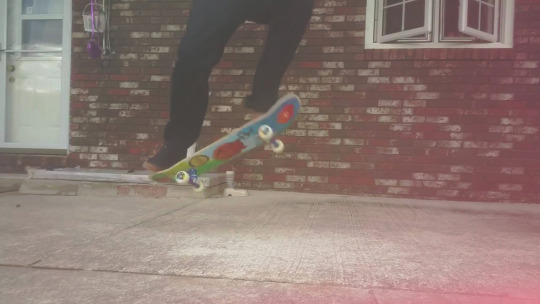
Let me know what you think of that. Players are having a tough time realizing that some animal breeds are mean in this universe and some make nice pets. It’s hard to know where to draw the line on what information I should say in English up front. Having a pig eat your pet mouse is a brilliant surprise! But with a game as abstractified as mine, you have to tell the player exactly what is happening or they won’t connect the dots... Overall my goal in creating a tutorial is to quickly sheppard my players into becoming power users who understand what is going on so that they can enter repeatable game loops (basically puzzle rooms) which are fun and relaxing. The player needs to stop spending time understanding WTF is going on. I think in part this can come at a tax of giving the player more information in plain English. The English that is presented has to be finely tuned and hovered over to really know why it is working.
Lastly I wanted to use this opportunity (and further opportunities on this channel) to promote (somewhat nepotistically this time) another Indie creator somewhere on the web.
Today I promote my own brother Cody Phillips. He does a lovely stream on Twitch that you should check out (when he gets set up again. Unfortunately as of now he is a jobless refugee of the Fort McMurray wildfire) Everyone pity him, as he cannot do the hobby he loves.
Until then he’s been doing skateboarding and uploading his progress videos
Cheers,
Colton Phillips
#gamedev#indie#indiegames#Indiegame#games#video games#gaming#game#video game#videogame#pixel game#puzzle#puzzlegame#puzzlescript
2 notes
·
View notes
Photo
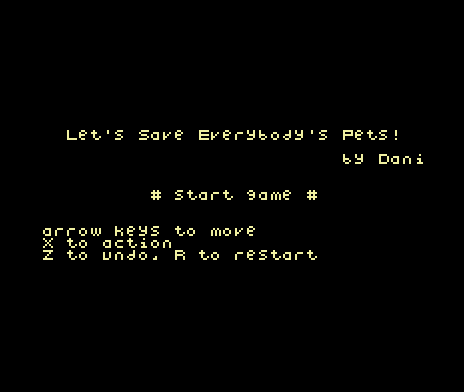
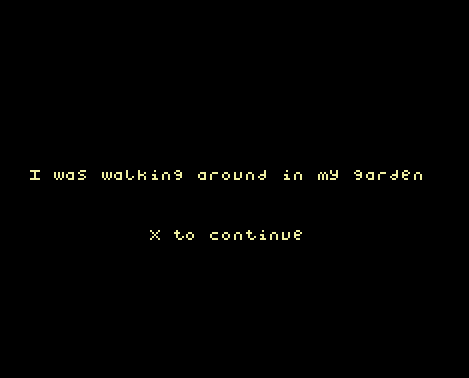
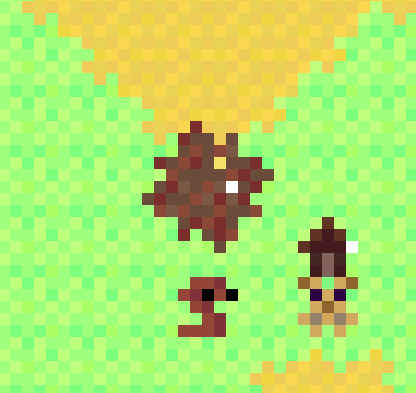
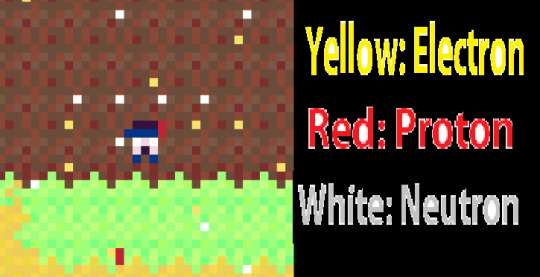
I’m going to keep posting updates to the PuzzleScript game here on the Eskarugo blog. After all, it is a Bus Kitty Game.
Okay so what are we looking at here?
Well, something cool.
Puzzlescript
options are really limited for random interactions.
You can do two commands:
random
randomdir
randomdir will move an Object into a random direction (of four). We see this happening when the snake moves around.
However we don’t want the snake to always move in a random direction. Sometimes we want him to stay. So he should only random-ly moves. But with puzzlescript, if one random thing happens, every random thing happens.
I needed a way to make things more random.
This is what I did:
Inspired by the
Game Of Life
, I created 3 fundamental particles:
The
Neutron
,
Proton
,
and
Electron.
These particles take up a tile, can all share a tile, and interact with each other. Charged particles repel each-other, for example. The rules are basically made up on the spot.
Now we can make more randomer things happen!
Instead of having the snake move
every
move, how about he only moves
when he is next to an electron.
And the seed: It should only grow in the presence of an electron. And maybe a Flower should wilt without an electron. But only RARELY, when it is in the presence a Neutron and a Proton object. And maybe after a really long time (of high rarity) dirt becomes grass again.
This system involves two things:
1) Managing the fundamental particles to create phenomena. 2) Measuring and affecting the closed system of fundamental particles.
There are surely other ways to do random events, but I found this interesting and challenging to implement.
The player and the House are currently the only source (creation) of fundamental particles.
#indie#physics#game#puzzlegame#puzzle#animals#pixelart#gif#indiegame#independent#game development#videogame#video games
5 notes
·
View notes
Photo
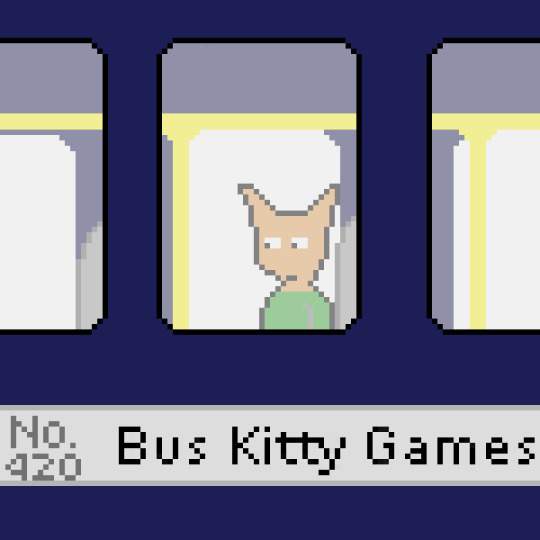
No update today, just some fan art / logo art from Boyad!
2 notes
·
View notes
Photo
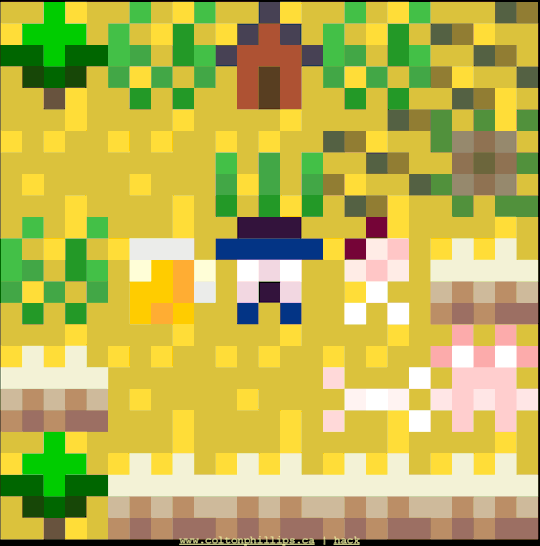
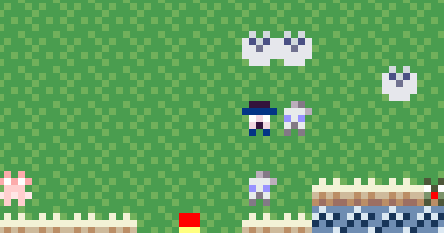
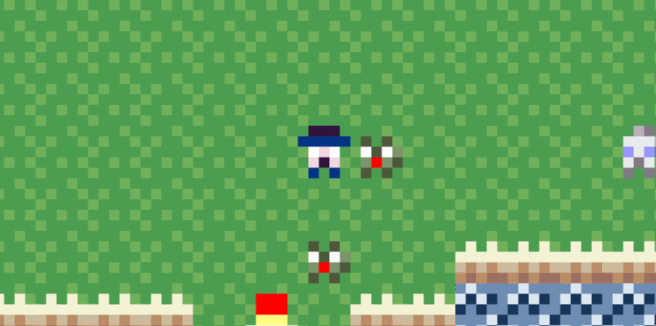

This is not Eskarugo. I sure am fond of this blog! Hello! Colton here, with a brand new game by Bus Kitty Games “Lets Save Everybody’s Pets” is coming to a website near you!
#game#game design#gaming#video games#video game#minecraft#pokemon#puzzle#puzzlescript#indiegaming#indie
2 notes
·
View notes
Text
PuzzleScript: The COOL Game Engine
~
A quick note on Eskarugo. It’s still happening. Updates are frequent and small.
~

I had some small understanding of what PuzzleScript was, but it was not until Brandon Duncan, famed game designer of fnba.ca, gave a intro at UVic GameDev that I really got interested in this game engine / creation tool. GameMaker is something I’ve used for a long time. I have fondness and hate for it. So you could see why I was interested in moving forward to ventures such as PICO-8, the teeny tiny Lua console, Unity, the powerhorse, and now PuzzleScript. Let’s talk about why PuzzleScript is simply stunning. In fact, I’ll take a top down approach:
====== OBJECTS ======
In GameMaker you can make sprites of whatever size you want, and they will be atlased into one or two big sprite sheets. That’s cool and all. In PICO-8 you are restricted to 8x8 sprites (or 8x16, 16x16, etc) and they too are placed into one sprite sheet. Then you can draw to the screen using the sprite sheet as a reference. Typically this is done with an Object that knows to draw it’s own tile or tiles.
PuzzleScript also limits your sprite (5x5 px, 4 colors) but PuzzleScript is different:
OBJECT == SPRITE SPRITE == OBJECT
That’s frickin’ weird coming from GameMaker. I’m used to making a sprite, then making an object which draws the sprite. Now I just have... just Objects. Maybe that is not impressive to you. The upshot is you can go from sprite to in game object super fast. I feel so powerful. Especially since I found this handy Sprite Editor.
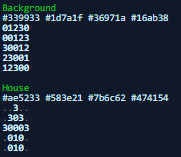
You pretty much have unlimited number of sprites I MEAN OBJECTS and unlimited number Objects per tile. You only get four colors per Object, but they can be any color you like.
The weird thing about PuzzleScript is that in other game engines you are sure to find that Objects have lots of properties such as speed, x and y position, or like, health. In PuzzleScript, an Object is basically just a sprite which you put into a collisionlayer (more on that later) , and it is something that you apply rules to. It takes getting used to.
One last note: As a pixel artist, it’s SATISFYING building things in such a restricted grid space.
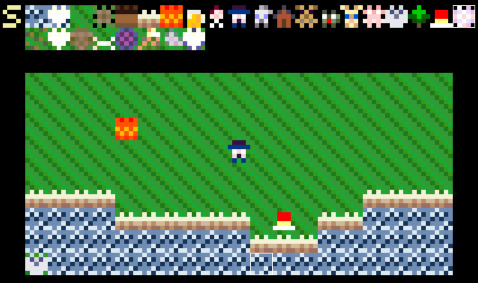
====== LEGEND ======
Great. So we got sprites, er, I mean “Objects”. But how do we place them into the world, the map, the game? Calm down, dude! I said top down approach, not... flibbity floppity... approach. Jeez. We’ll get there. Grab a Pepsi Max ffs. If you want to place Objects on a 2D map, well, you’d need to make a map. And since PuzzleScript is a cute toy, the map is... Well.. It looks like this:
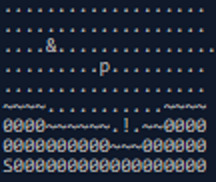
That P right there, that bad boy is a single character name for the Player! P = Player . = Background ! = Button ~ = Beach and Background
and the Player is an Object. That’s the kinda shit you do in the Legend section.
You are heavily limited by the total number of characters on a standard keyboard. What is that like 42 character or some such nonsense. If I start running out of char space I’ll try some Unicode and see if that nonsense works! hahaha.
What if you want two Objects on one tile. Easy. Use the and keyword. That uses up another character though.... Jeez. I guess, don’t try to make Minecraft in PuzzleScript. It’s meant to make puzzle games with very few objects. You can also use the or statement but that’s only relevant for the Rules.
====== SOUNDS ======
PuzzleScript will generate sounds for you to put in the game. You just need to click buttons to make weird noises happen, and copy a number into your code. Pretty much anything that happens in the game can make a sound. Common examples being StartLevel, Player Move Left, Player CantMove, Restart... You know what just look at the
Docs...

It’s pretty nifty, by no means the cat’s pajama’s but it does create some blippy chippy stuff. If you want full on music you can embed any Youtube video. I use that feature to listen to Power Metal while I test my game. lol. Otherwise you’re basically limited to blips and boops and stuff like that.
============ COLLISIONLAYERS ============
This is a really cool feature. If any two Objects are on the same collision layer they CANNOT be on the same tile. In order for two objects to share a tile they must be son separate collision layers. In GameMaker I spend so much time fretting, worrying, and fixing bugs occurring where two objects are sharing the same space during a game step (even a single pixel overlap). PuzzleScript makes this bug a mathematical impossibility! In addition, collision layers define the order in which Objects are drawn to the screen.
==== RULES ====
This is where the magic happens dude. For real. Puzzlescript has this amazing Rules have won my heart. I can’t say I’m an expert but I do love what I’m seeing. Check out the docs page here and also here. Did you read it? Please do. Instead of describing how rules work let me show an example. I wanted a Mouse. I wanted the Mouse to run away from the player if the Mouse sees the player on the same line as himself. The same is true if the mouse sees a cat. I also wanted to have the mouse enter a house if he is one tile away. I wanted the mouse STAY in the house, even if he sees a mouse or player, or another house. BUT, I wanted the player to push and pull the mouse. AND I wanted the player to be able to push or pull the mouse out of the the house. That is exactly what this code describes:

Try and wrap your head around all that before you move on. In case you didn’t understand, the left hand side is a pattern, and the right hand side is a new rule applied to a pattern that is found. These rules run sequentially, and each rule runs repeatedly until the pattern no longer is matched. For example, the first rule will match if a Mouse and Player are on the same line and change the mouse to a “MovingAwayFrom” Mouse, which no longer matches the original pattern. Dunno. It’s cool right? I dunno. It’s cool. Ya. I do know. I know!
Like I said, I’m not an expert at this logic programming so the less said, the better. I’d rather avoid mislabeling and poorly describing something so gnarly. If you are a game developer I am hopeful you will see the 6 lines of code for the mouse as concise, beautiful, and cool.
============ WINCONDITIONS ============
Every level you create is a mini little game with it’s own win conditions. Depending on what your game is, your win conditions will be different. Maybe you have to move all of the barrels onto buttons, kill all the skeletons and find the magic key. For my game, right now, you have to have all the Pets on a House and that can be quite challenging. Coding the win condition is much easier than solving cool gaming puzzles, however! Haha. You can also win levels in the Rules section with the Win command. Eh. Anyway. By the way, remember I mentioned the or command? I use that to define what a Pet even is. A Pet is a Dog or Rabbit or Cat but not Pigs because Pigs are mean.
===== LEVELS =====
Ya dog. This is what you came for. The sweet Levels. So don’t expect to make amazing lush Dwarf Fortress worlds but you can do some really cool stuff!
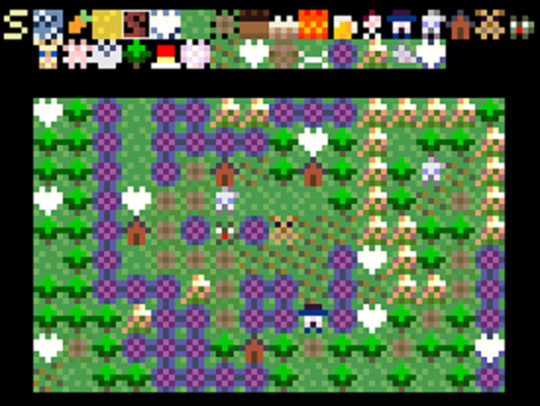
Ya so that’s a level. Another neat feature: You can zoom the camera into the world with your player centered. That makes the game world feel much bigger. You don’t feel like a tiny entity in a board, you feel like a player in a video game. There is an extensive level editor. It’s gnarly. What else can I say! You can pretty much have unlimited levels and messages in between levels. So um. I guess this ends my blog. Haha. I only wanted to do a top down analysis but why did I say it was stunning? Well a few reasons.
0 compile time.
I can literally change my dev environment by sending myself a link. Like, it’s the easiest system I’ve ever used. (The SHARE+HACK feature)
Logical Programming provides ease of mind. I just feel stress free.
In Game World Editor. In Game Code Rebuild.
Very easy for multiple developers to work on the same project!
The games look and play stunningly.
The entire source fits into one file. I can version it using gist for free!
Okay the sound system is pretty chince and a lot of normal problems become ridiculously convoluted using the rules system (Just try making a counter for goodness sake).
I’m a believer. Also please check out “Let’s Save Everybody’s Pets” whenever it gets published for realsies.
note: I’m not a professional blogger. Please don’t beat me up, but please do give me advice on how to be more rad and how to improve this blog entry.
4 notes
·
View notes
Photo
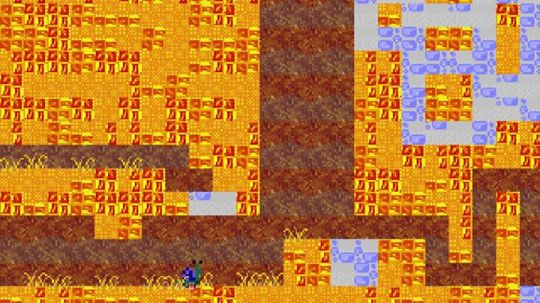
Another boring update! Actually it’s kinda cool. Let’s settle for mediocre. Shakes on it
2 notes
·
View notes
Photo
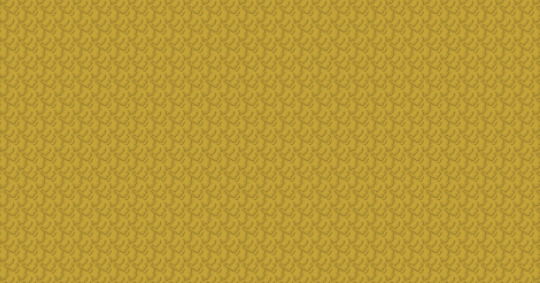
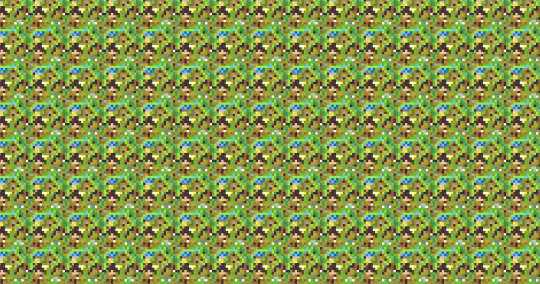
Sigh... Boyad’s is so much better than mine.
1 note
·
View note
Photo
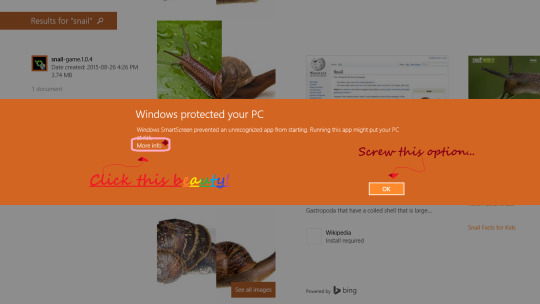
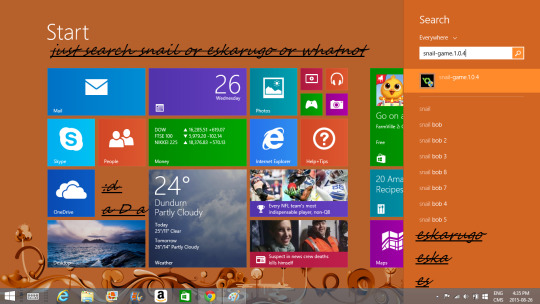
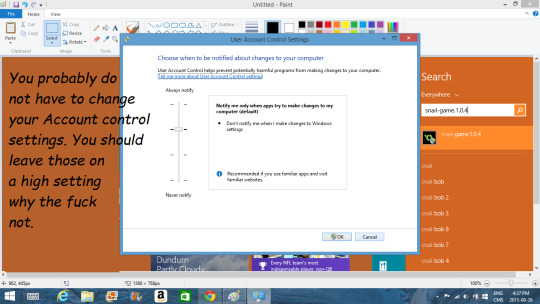
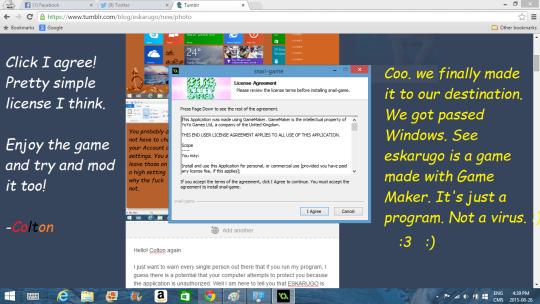
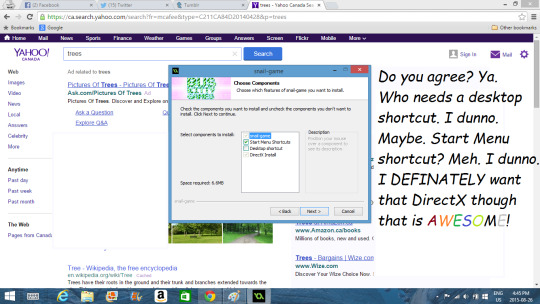
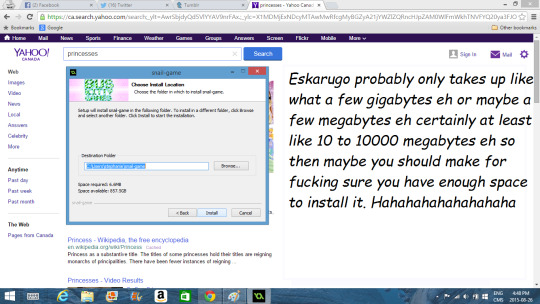
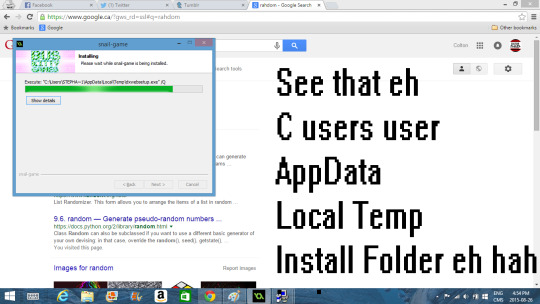
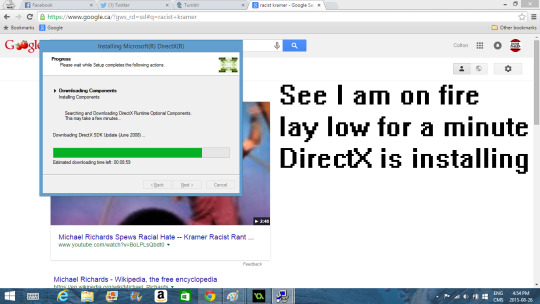
Hello! Colton again. I just want to warn every single person out there that if you run my program there is a potential that your computer attempts to protect you because the application is unauthorized. Well I am here to tell you that ESKARUGO is authorized and licensed by the Colton Phillips company and Just go ahead and click that thaaaaang!
0 notes
Photo
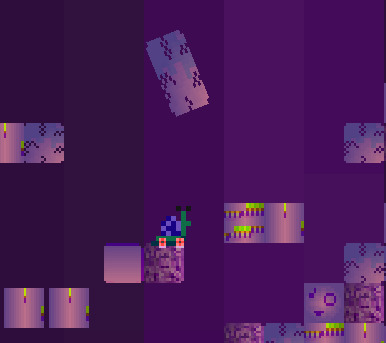
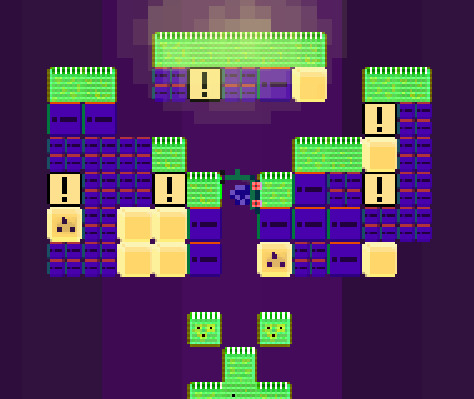
Although the platform art is simply for debugging purposes, I prettied everything up a tad. I remember reading a book where these reindeer evolved to have wheels in their hooves. Our snail pal here is trying that out for a spin. Perhaps in the final game all sorts of costumes will be unlockable. I’m also toying with a simple way to add lights, especially torches. Feature updates: slime trail, torch light, variable jump height.
0 notes
Photo
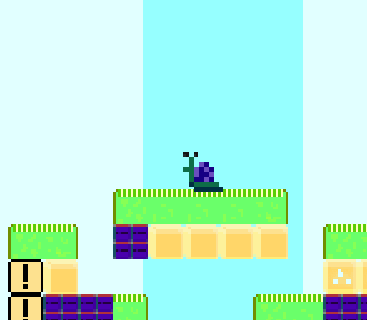
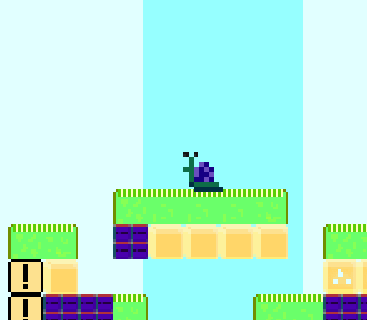
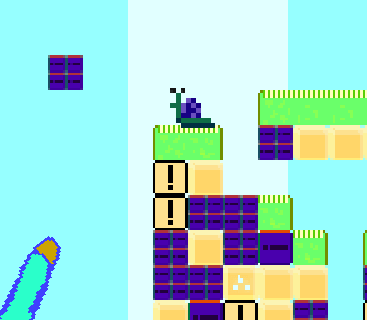
So good news: my laptop renders the game correctly. Development has been moved to the laptop. Some interesting new features: 1. Small jump, or Hop 2. Correct angle LERP action. The angle LERP along with the xscale and yscale LERP gets me pretty excited.
4 notes
·
View notes
Photo
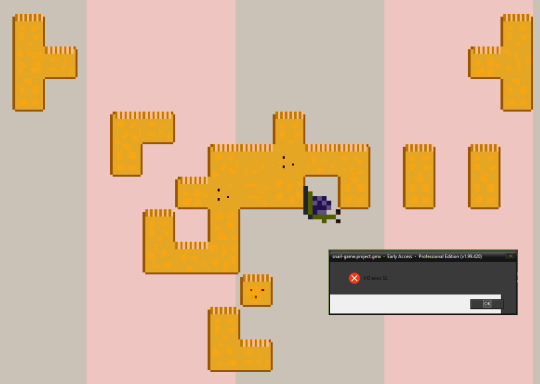
I got sad because of my driver errors making development a pain, so I worked on the easy to do, fun to have working feature where the platforms look real spiff. I’m no artist, but the cool thing is how I select the right one out of 15 possible sprites. Hopefully switching dev to my laptop will fix my driver errors... Just as soon as Windows installs. :3 God bless the new feature, though :3
4 notes
·
View notes
Photo
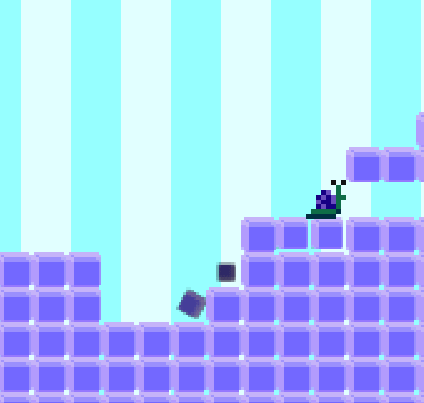
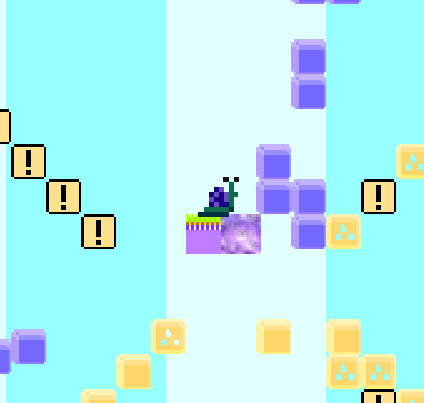
The first mechanic. Interestingly enough, it’s still got some bugs.
2 notes
·
View notes
Photo
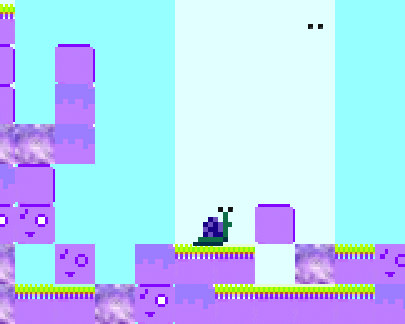
Massive useless snail diarrhea snail shits are the first Windows specific feature in Eskarugo!
0 notes